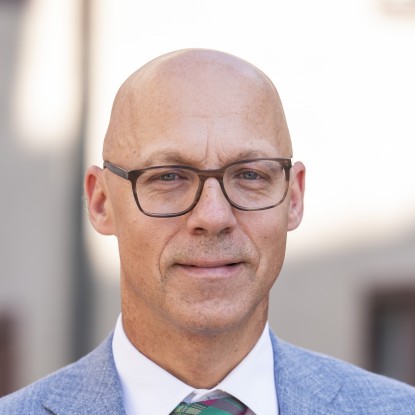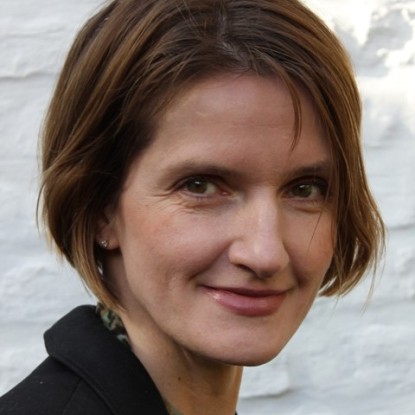Since the late eighteenth century democracy has been conceptualized as representative, with periodical elections guaranteeing the legitimacy of the decision-makers. This model is opposed to an understanding of direct democracy that cannot be realized in a nation-state. However, such a simple comparison hides a third model, which has been the subject of discussion since the 17th century. It is a conception of democracy which starts with the Levellers in England and was strengthened by the Anti-Federalists in the USA and during the French Revolution by the Girondins. The focus is on the endeavour to avoid the danger of a tyranny of the few by linking the representatives as closely as possible to the represented. However, this third model is mostly neglected in research or subordinated to the other two approaches, because it is only seen as a rejection of elitist procedures and institutions. Nonetheless, in our view, the revolutionary debates demonstrate that it is an independent and well-founded critique of representative democracy—not from an anti-democratic stance, but with the aim of bringing democratic processes and institutions towards a more complex understanding of democracy.
The project therefore focuses on two issues. First, the richness of the debates on the modern concept of democracy since the 17th century, and second, the one-sided interpretation of democratic representation which is based on a juxtaposition of direct and representative democracy. For the theoreticians of the third model of democracy, representation does not simply mean legitimizing political elites through elections, but rather ensuring the primacy of the represented over the representatives. It is therefore the guiding thesis of the project that fundamentally democratic motives can already be demonstrated during the civil war in England and the American and French Revolution. The political debates of the period focused not only on the theoretical legitimacy of elections and representative bodies, but also on the most comprehensive control possible of those elites whose resources—income, networks, rhetorical capabilities—have a strong tendency to monopolize political power structures. In order to counter this tendency, as has been shown, a whole arsenal of institutional mechanisms has been devised to guarantee that there is no consolidation of power structures—specifically, that the representatives do not move too far away from the represented. This radical democratic approach was also directed against the danger of the tyranny of the few as opposed to the oppression of minorities. The aim of the project is to condense the material of the history of ideas into an independent, third model of democracy.
| Name | Working area(s) | Contact | |
|---|---|---|---|

Picture: IfP
| Prof. Dr. Dirk Jörke Chair | Political Theory and History of Ideas | joerke@pg.tu-... +49 6151 16-57364 S3|12 435 |

Picture: S. S. Krause
| Dr. Skadi Siiri Krause Part-time Lecturer | Political Theory and History of Ideas |

